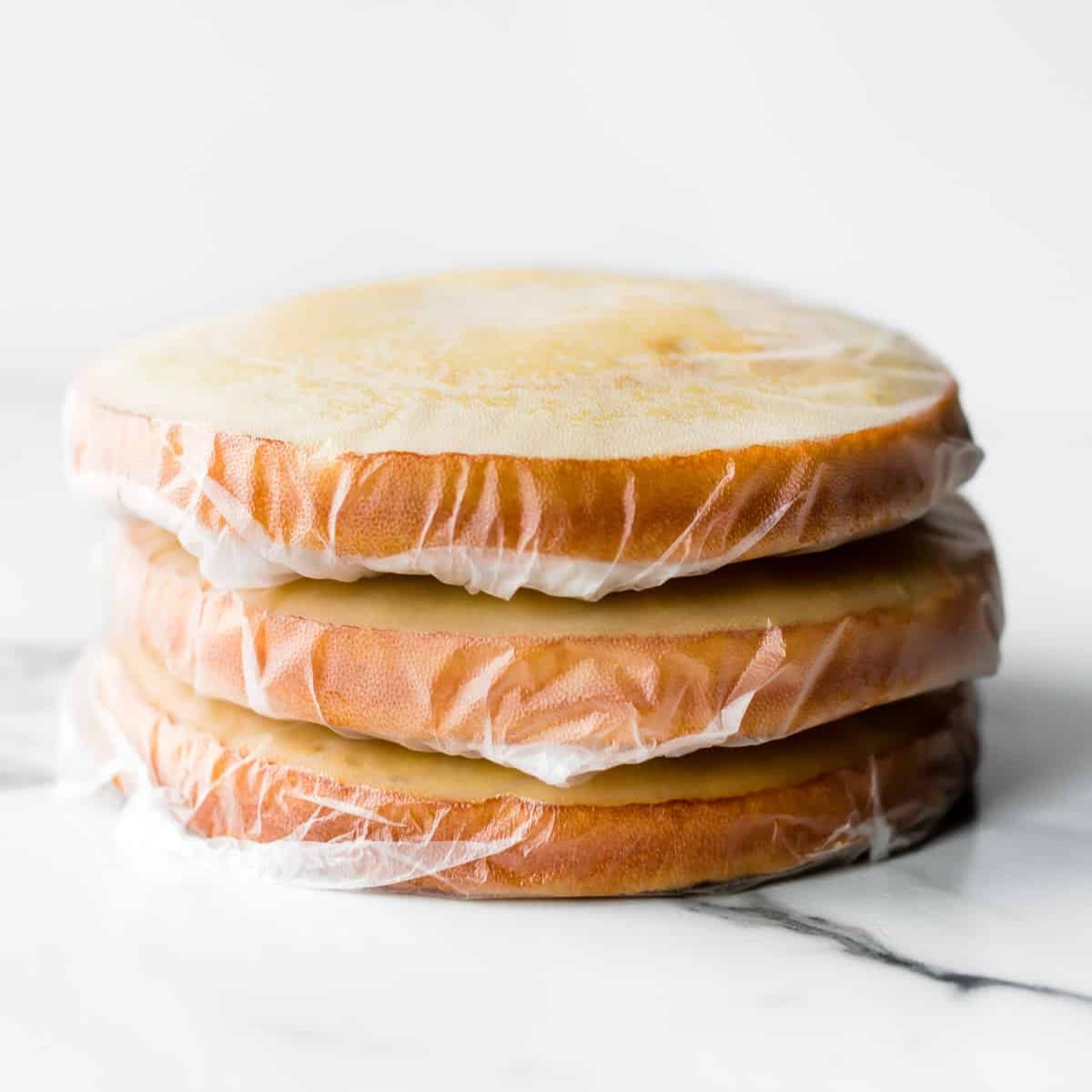

Articles
How To Store Cake Overnight Before Frosting
Modified: February 24, 2024
Learn how to properly store cake overnight before frosting in this informative article. Discover tips and tricks for keeping your cake fresh and delicious for the perfect finish.
(Many of the links in this article redirect to a specific reviewed product. Your purchase of these products through affiliate links helps to generate commission for Storables.com, at no extra cost. Learn more)
Introduction
When it comes to baking a cake, there are few things more satisfying than the tantalizing aroma of a freshly baked confection wafting through your kitchen. But before you can slather on that luscious frosting and take that first delightful bite, it’s important to properly store your cake overnight. Why, you ask? Well, storing your cake overnight allows the flavors to meld together, resulting in a more moist and flavorful cake. It also gives the cake time to settle and firm up, making it easier to handle and decorate.
But fear not, my fellow bakers! Storing a cake overnight before frosting is a simple process that, when done correctly, ensures that your cake retains its deliciousness and looks as beautiful as ever. In this article, we will delve into the reasons behind storing a cake overnight, discuss the different storage container options, explore various methods of wrapping and sealing the cake, and provide tips to prevent dryness or staleness.
So grab your aprons and let’s dive into the wonderful world of storing cake overnight before frosting!
Key Takeaways:
- Storing a cake overnight before frosting is crucial for flavor development, moisture retention, easier handling, and better frosting adhesion, resulting in a more delicious and visually stunning final product.
- Properly preparing, wrapping, and sealing the cake, along with choosing the right storage container, are essential steps to maintain its freshness and prevent dryness or staleness during overnight storage.
Read more: How To Store Frosted Cake Overnight
Why is it important to store cake overnight before frosting?
Storing a cake overnight before frosting may seem like an unnecessary step, but it actually serves several important purposes. Let’s take a closer look at why this step is crucial:
- Flavor Development: When a cake is freshly baked, the flavors may not have fully developed or melded together. By allowing the cake to sit overnight, the flavors have a chance to blend, creating a more balanced and delicious taste.
- Moisture Retention: Storing your cake overnight allows it to retain moisture. The cake’s crumb structure sets and stabilizes, preventing it from drying out and becoming stale.
- Easier Handling: A freshly baked cake can be delicate and prone to crumbling. By storing it overnight, the cake firms up and becomes more stable, making it easier to handle and frost without the risk of it falling apart.
- Better Frosting Adhesion: When you frost a cake immediately after baking, the cake’s warmth can cause the frosting to melt and slide off. By allowing the cake to cool and settle overnight, the frosting will adhere more effectively, resulting in a smoother and more professional finish.
By taking the time to store your cake overnight before frosting, you are ensuring that each slice is incredibly flavorful, moist, and visually stunning. So, let’s move on to the next step and explore the best storage container options for your cake.
Choosing the right storage container
When it comes to storing a cake overnight before frosting, selecting the right storage container is essential to maintain its freshness and protect it from external elements. Here are some key factors to consider when choosing a storage container:
- Airtightness: The container you choose should have a tight-fitting lid or cover to create an airtight seal. This will prevent air from circulating inside the container, helping to preserve the cake’s moisture and flavors.
- Size: It’s important to choose a container that is slightly larger than the cake itself, allowing for some space around the edges. This extra room will prevent the frosting from touching the sides of the container and potentially smudging or ruining the cake’s appearance.
- Material: Consider using a food-grade plastic or glass container. These materials are non-reactive and help maintain the cake’s freshness without any risk of chemical leaching or alteration of flavors.
- Sturdiness: Ensure that the container is sturdy and will not deform or crack easily. A rigid container will protect the cake from any accidental impacts during storage.
If you don’t have a suitable storage container, you can also use a large, clean cake box or a cake carrier with a tight-fitting lid. Just make sure that whichever container you choose meets the requirements mentioned above.
Now that you know what to look for in a storage container, let’s move on to the next step: preparing the cake for storage.
Preparing the cake for storage
Before you store your cake overnight, there are a few steps you should take to ensure that it stays fresh and in optimal condition. Follow these guidelines to prepare your cake for storage:
- Cooling: Allow your cake to cool completely before storing it. If you attempt to store a warm cake, the condensation that forms can make the cake soggy and affect its texture.
- Removing crumbs: Gently brush off any loose crumbs from the surface of the cake using a pastry brush. This step helps to keep the cake clean and prevents any unwanted debris from affecting its taste or appearance.
- Leveling: If your cake has a noticeable domed top, consider leveling it. Use a serrated knife or cake leveler to remove the excess top portion, creating a flat surface. A leveled cake will stack and store more easily.
- Handling with care: When removing the cake from the baking pan, be gentle and use a spatula or cake lifter to avoid any damage to the layers. Fragile cakes, such as sponge or chiffon, require extra caution during handling.
- Optional: Syrup or simple syrup: To help keep your cake moist, you can brush the layers with a thin layer of flavored syrup or simple syrup before storing. This step is particularly useful for denser cake varieties like pound cake.
By following these steps, you are setting your cake up for success during its overnight storage. Now, let’s move on to the next crucial step: wrapping and sealing the cake.
Wrapping and sealing the cake
Properly wrapping and sealing your cake is crucial to maintain its freshness and protect it from external odors and moisture. Follow these steps to ensure your cake stays in perfect condition:
- Base layer: Start by placing a sturdy cardboard cake board or a flat plate on the bottom of your storage container. This provides support and stability for the cake.
- Double-layer of plastic wrap: Take a large piece of plastic wrap and wrap it tightly around the entire cake, making sure to fully cover it from top to bottom. This initial layer acts as a barrier against moisture loss and also helps to keep the cake secure during transportation.
- Foil or second layer of plastic wrap: Once the initial plastic wrap layer is in place, you can further protect your cake by wrapping it in a layer of aluminum foil or adding a second layer of plastic wrap. This additional layer provides an extra shield against air, ensuring the cake stays moist and fresh.
- Tape or secure the wrap: Use tape or secure the ends of the plastic wrap or foil to keep them from unraveling. This step helps to maintain the integrity of the wrap and prevents any air or unwanted particles from entering the container.
- Labeling: Finally, consider labeling the container with the type of cake and the storage date. This makes it easy for future reference and helps to avoid any confusion if you have multiple cakes in the fridge or pantry.
Remember, the goal is to create an airtight and secure seal around the cake to prevent any moisture loss or contamination. By following these wrapping and sealing techniques, your cake will be well-protected and ready for its overnight stint in the refrigerator or at room temperature.
Next, let’s explore the options for storing the cake overnight depending on your preference and available resources.
After allowing the cake to cool completely, wrap it tightly in plastic wrap and store it at room temperature. This will help keep the cake moist and fresh for frosting the next day.
Read more: How To Store Cake Layers Before Frosting
Storing the cake in the refrigerator
The refrigerator is an excellent option for storing your cake overnight, as it helps to maintain its moisture and freshness. Follow these steps to store your cake in the refrigerator:
- Temperature stabilization: Before placing your cake in the refrigerator, ensure that the temperature is stable and set between 34-36°F (1-2°C). This range is ideal for preserving the cake without freezing it.
- Positioning: Find a spot in the refrigerator where you can place the cake without it coming into contact with other food items or being squished. Ideally, store it on a shelf where it can be kept level and undisturbed.
- Protection from odors: If you have strong-smelling foods in the fridge, such as onions or garlic, place your cake in an airtight cake carrier or wrap it in an additional layer of plastic wrap to prevent any flavor transfer.
- Storage duration: Cakes can typically be stored in the refrigerator for up to 3-4 days. Beyond this timeframe, the cake may start to dry out or lose its freshness.
- Allowing to come to room temperature: When you’re ready to frost and serve the cake, remove it from the refrigerator and allow it to come to room temperature for about 1-2 hours. This will ensure that the frosting spreads smoothly and the cake is enjoyable to eat.
Storing your cake in the refrigerator overnight not only keeps it fresh but also provides a chilled and refreshing treat. However, if you prefer a different method or don’t have enough space in your fridge, storing the cake at room temperature may be the way to go.
Let’s move on to exploring the alternative method of storing the cake at room temperature.
Storing the cake at room temperature
If you prefer not to store your cake in the refrigerator or if you don’t have enough space, storing it at room temperature is a viable option. Here’s how you can properly store your cake at room temperature:
- Cooling: Ensure that your cake has completely cooled before storing it at room temperature. If the cake is even slightly warm, it can create condensation inside the container, leading to a loss of freshness.
- Airtight container: Place your cake in an airtight container that provides a good seal. This will help prevent any air exposure and keep the cake moist and delicious.
- Location: Find a cool and dry spot in your kitchen or pantry to store the cake. Avoid areas near the stove or any direct sunlight, as this can cause the cake to become dry or spoil more quickly.
- Storage duration: Cakes stored at room temperature can generally keep well for 2-3 days. However, factors like humidity and the specific type of cake can affect its shelf life, so it’s important to monitor its freshness.
- Visual inspection: In addition to considering the recommended storage duration, use your judgment and visually inspect the cake before consuming it. If you notice any mold growth, off-putting odors, or significant changes in texture, it’s best to discard the cake.
Storing your cake at room temperature allows it to remain soft and tender, maintaining its original texture. Just make sure to choose a cool and dry environment and use an airtight container to retain its moisture effectively.
Now that you know how to store your cake overnight, let’s explore some tips to prevent dryness or staleness during storage.
Tips for preventing dryness or staleness
To ensure that your cake stays moist and fresh during its overnight storage, follow these helpful tips:
- Proper wrapping: As mentioned earlier, wrap your cake tightly in multiple layers of plastic wrap or foil to create an airtight seal. This prevents moisture loss and helps retain the cake’s freshness.
- Avoid direct exposure: Keep your cake away from direct sunlight, as the heat can cause it to dry out. Similarly, avoid placing the cake near any heat sources in your kitchen.
- Protect from odors: Odors from other foods in the fridge or pantry can be absorbed by the cake, affecting its taste. Store the cake in an airtight container or wrap it well to prevent any flavor contamination.
- Frosting immediately before serving: If possible, it’s best to frost the cake shortly before you plan to serve it. This prevents the frosting from causing the cake to become soggy during overnight storage.
- Consider simple syrup: If you find that your cake has become slightly dry after overnight storage, you can brush it with a thin layer of simple syrup or flavored syrup before frosting. This helps add moisture back to the cake layers.
- Proper storage duration: Avoid storing your cake for longer than the recommended duration to prevent it from drying out or losing its freshness. Consume the cake within the appropriate time frame for the best taste and texture.
By following these tips, you can ensure that your cake remains moist, flavorful, and delicious even after overnight storage. With a little care and attention, your cake will be ready to be frosted and enjoyed to its fullest.
Now that you have all the knowledge and tips for storing your cake overnight before frosting, it’s time to put it into practice and create delectable desserts that will impress your taste buds!
Conclusion
Storing a cake overnight before frosting is a crucial step in the baking process that leads to a more flavorful, moist, and visually appealing final product. By allowing the cake to rest and settle, the flavors have a chance to meld together, while the structure of the cake stabilizes, making it easier to handle and decorate.
Choosing the right storage container, such as an airtight plastic or glass container, is essential to protect the cake from external elements and maintain its freshness. Properly preparing the cake by cooling it, removing crumbs, and optionally brushing with syrup further ensures its optimal condition.
Wrapping and sealing the cake with multiple layers of plastic wrap or foil creates an airtight barrier, preventing moisture loss and protecting it from contaminants. Storing the cake in the refrigerator or at room temperature depends on personal preference and available resources, with both methods having their own advantages.
To prevent dryness or staleness, it is important to properly wrap the cake, avoid direct exposure to sunlight or heat sources, protect it from strong odors in the environment, and consider simple syrup to restore moisture if needed. Adhering to the recommended storage duration and frosting the cake right before serving are also key to maintaining its optimal taste and texture.
By following these guidelines and incorporating these tips into your cake storage routine, you can ensure consistently delicious and impressive cakes. So, take the time to store your cake overnight before frosting and treat yourself and your loved ones to a mouthwatering delight that is sure to be a hit!
Frequently Asked Questions about How To Store Cake Overnight Before Frosting
Was this page helpful?
At Storables.com, we guarantee accurate and reliable information. Our content, validated by Expert Board Contributors, is crafted following stringent Editorial Policies. We're committed to providing you with well-researched, expert-backed insights for all your informational needs.
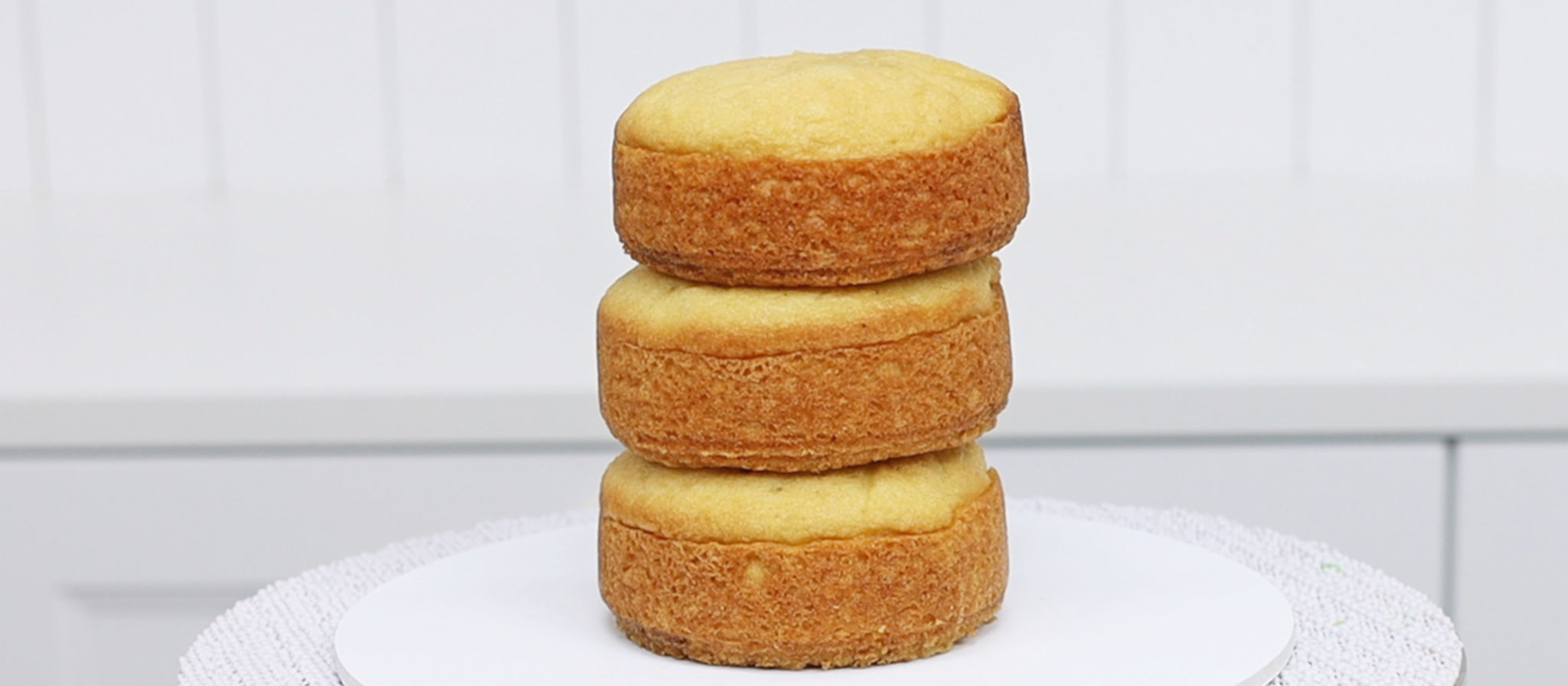
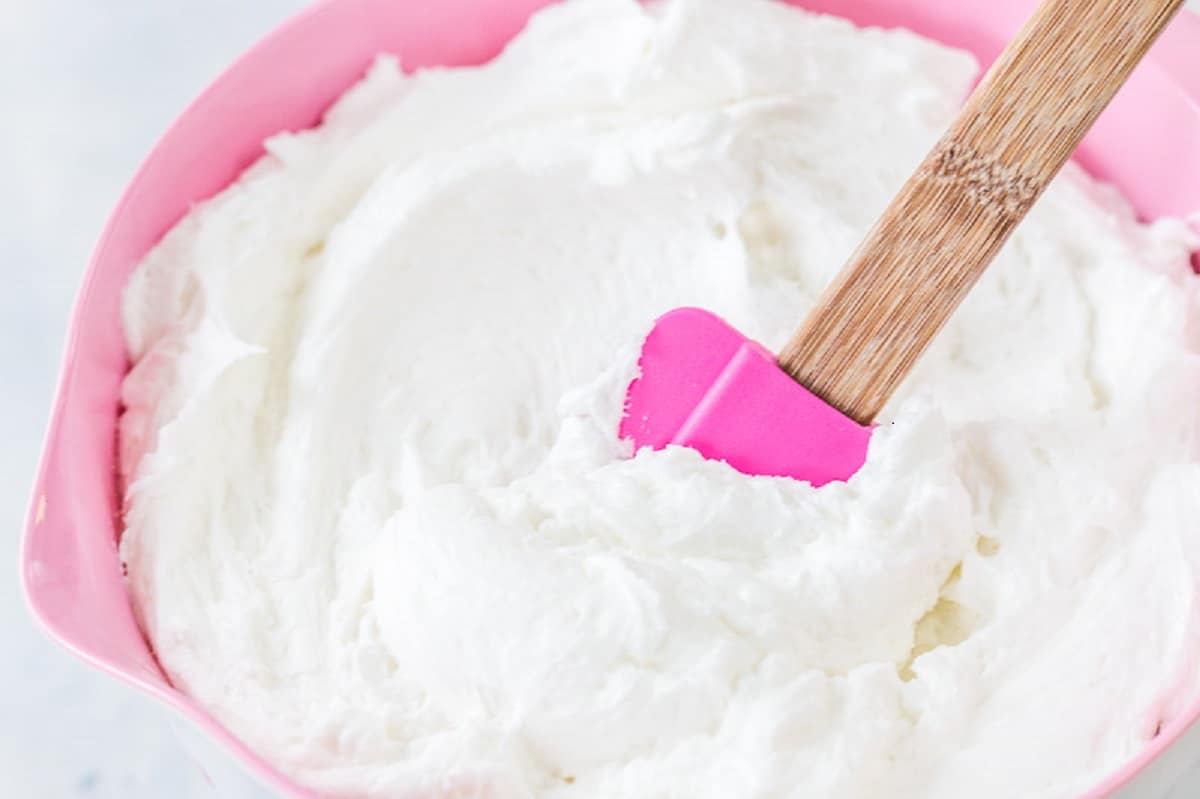
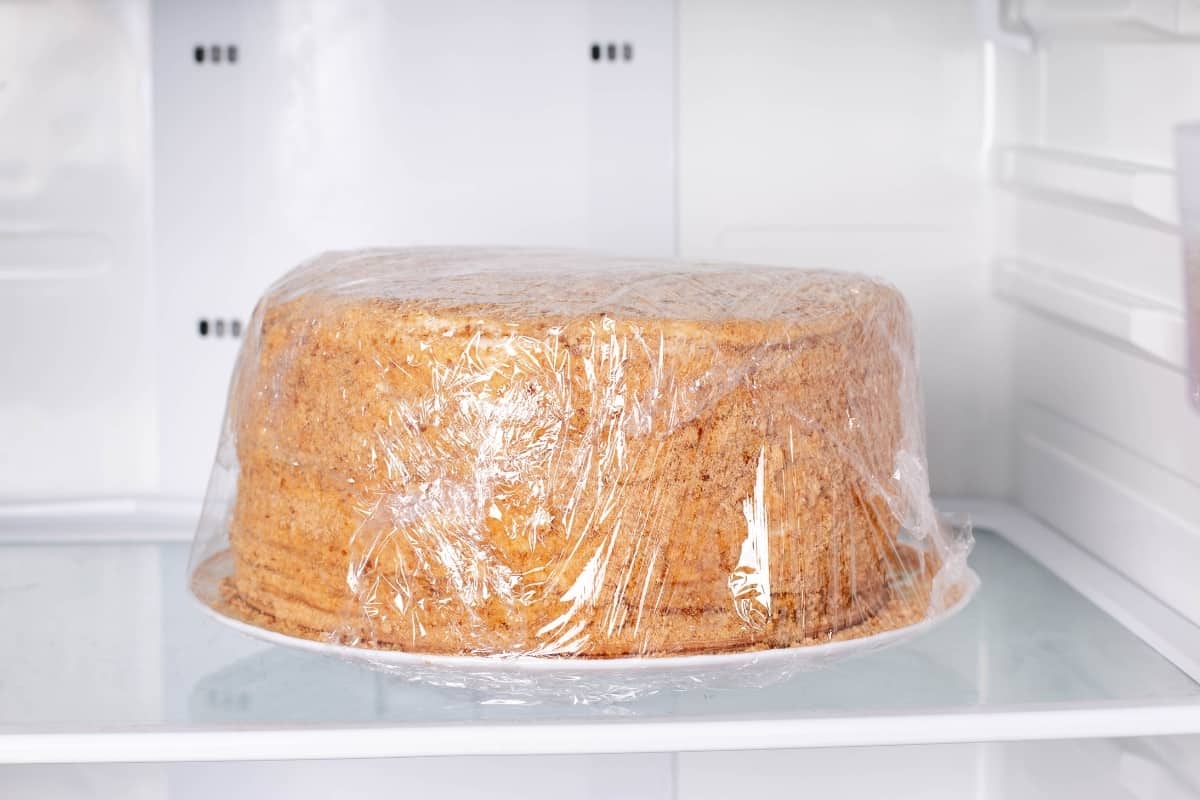
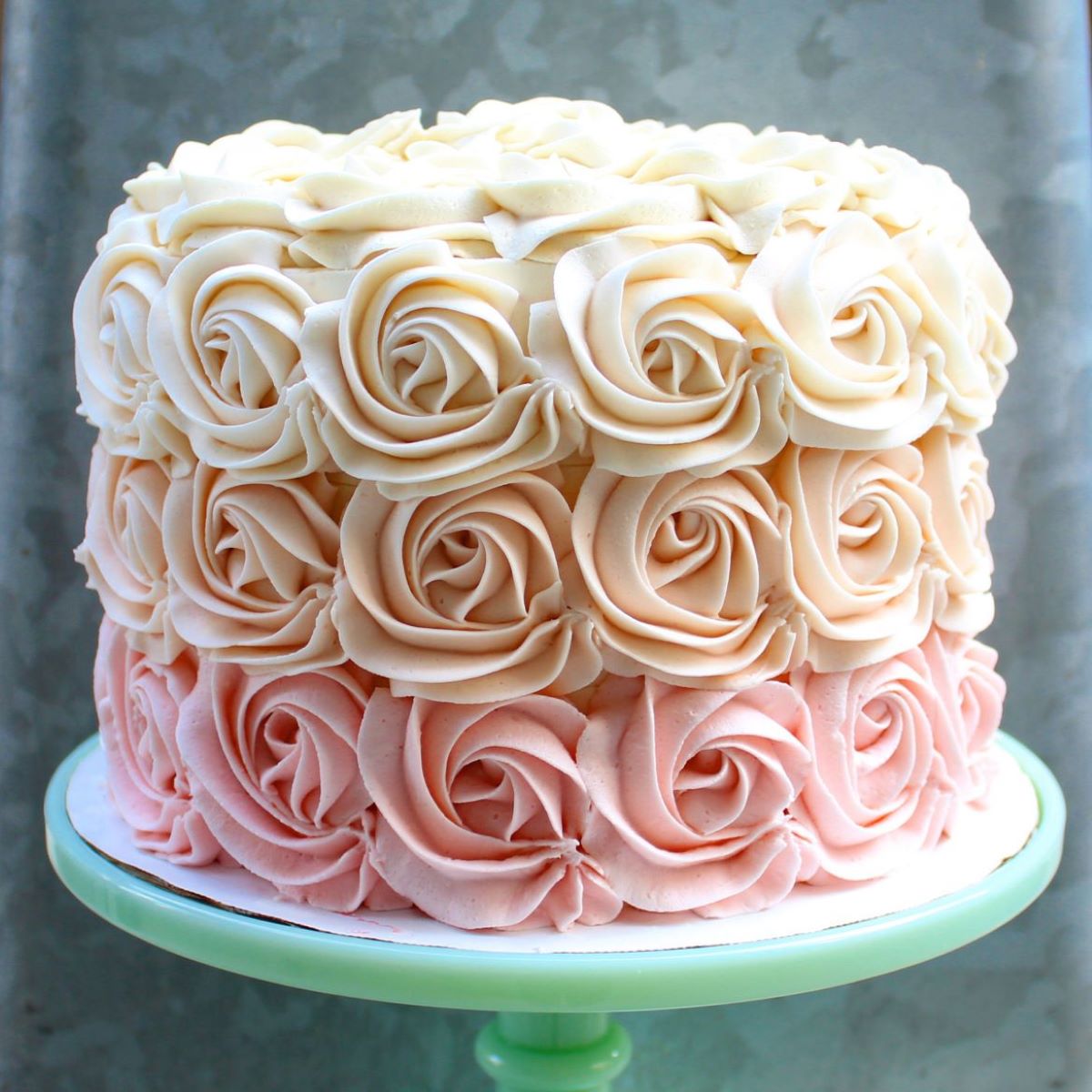
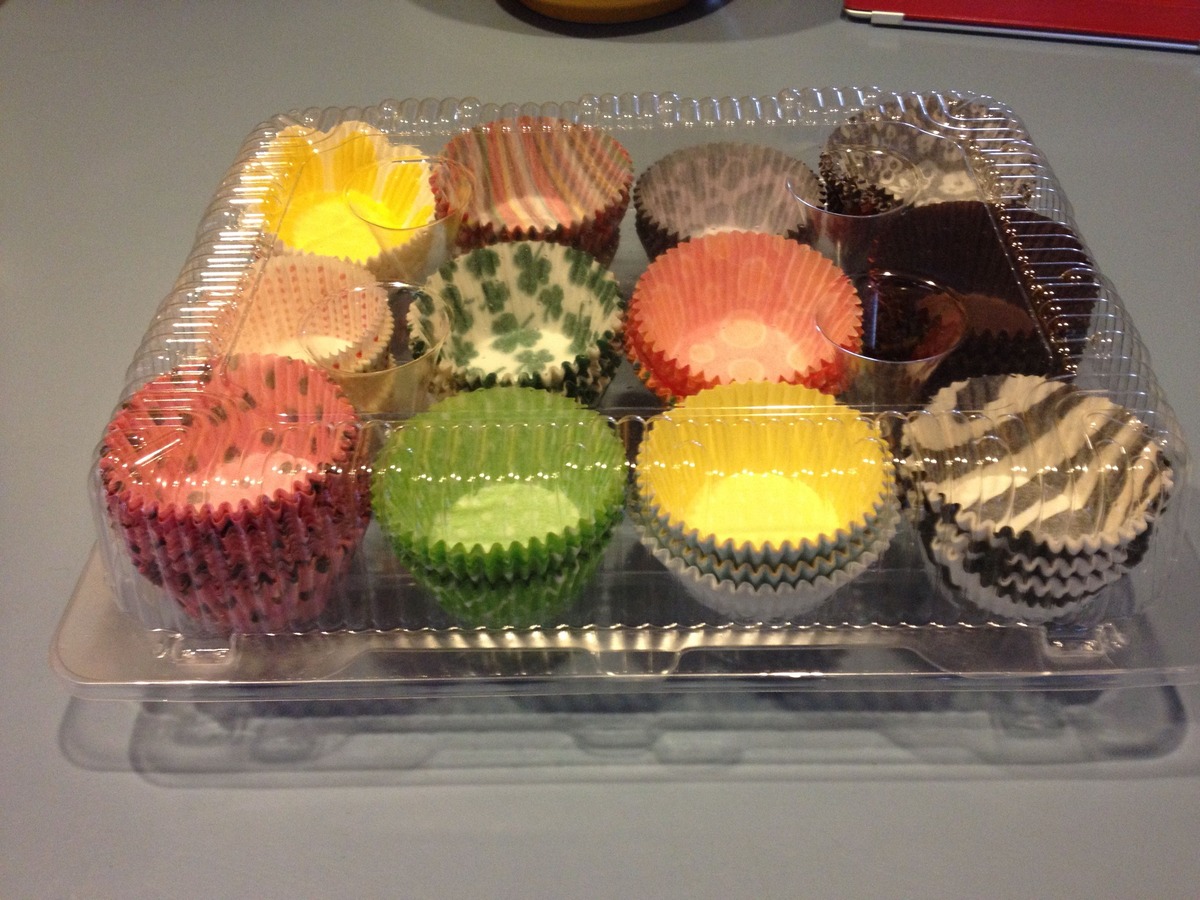
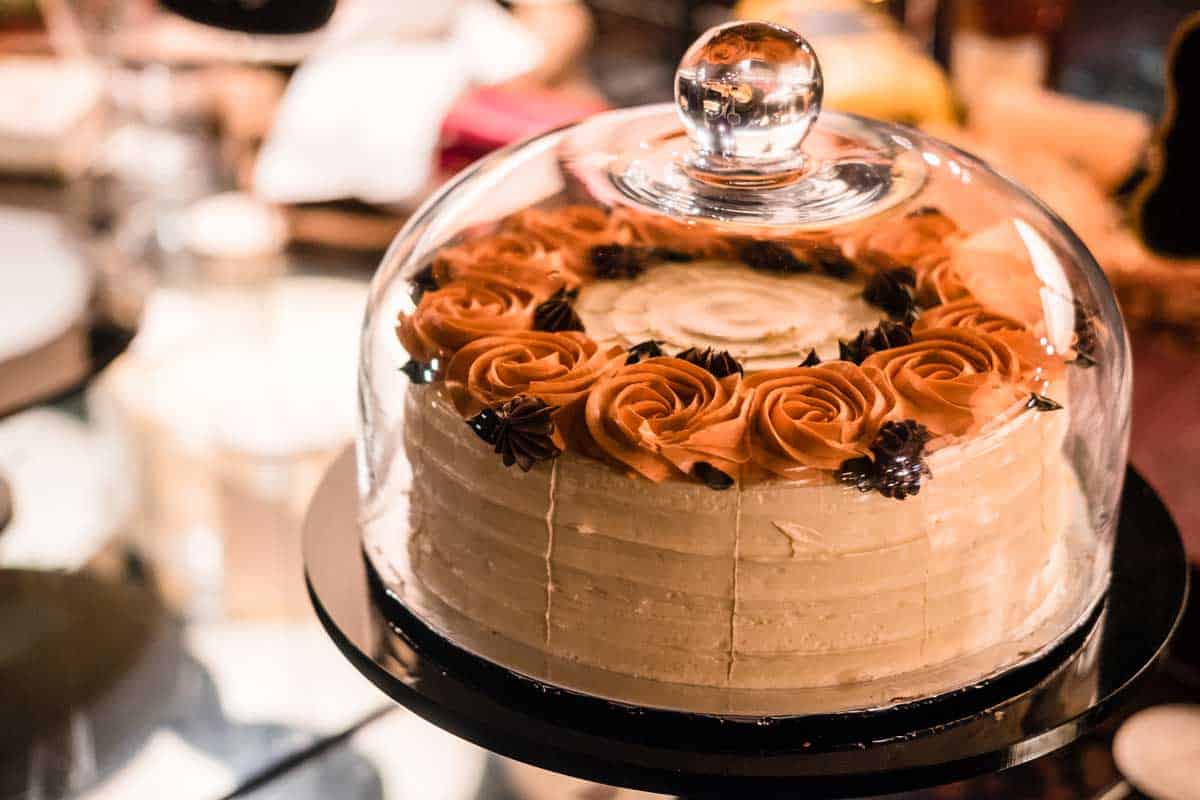
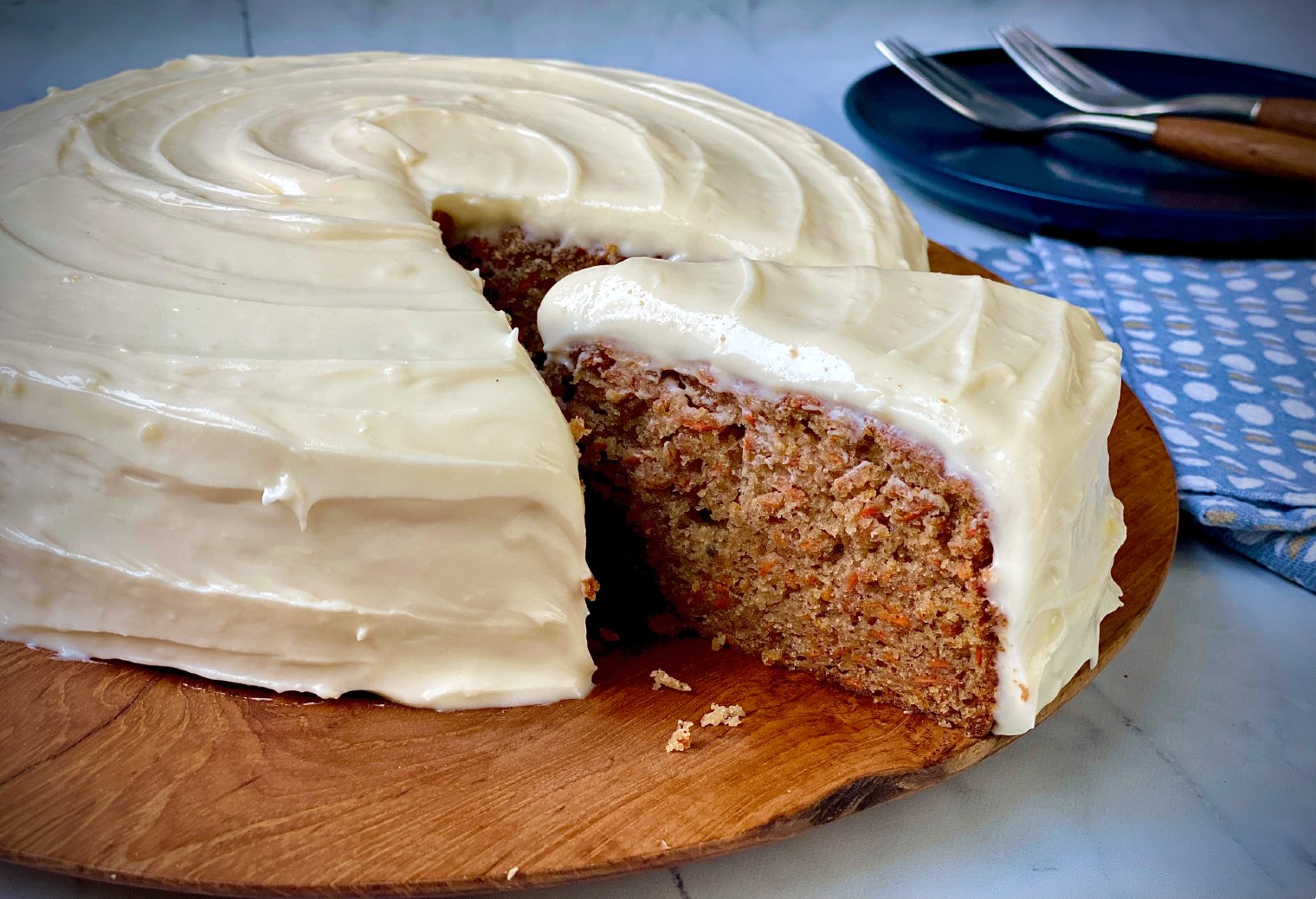
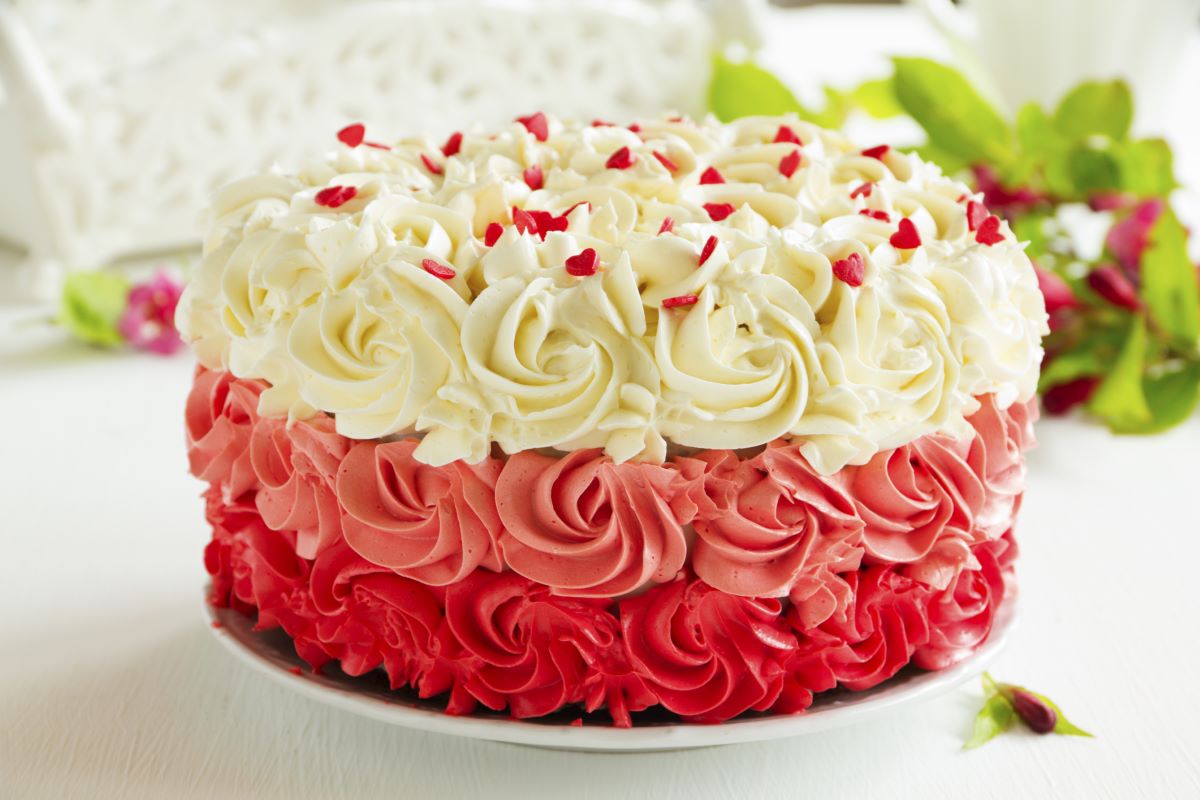
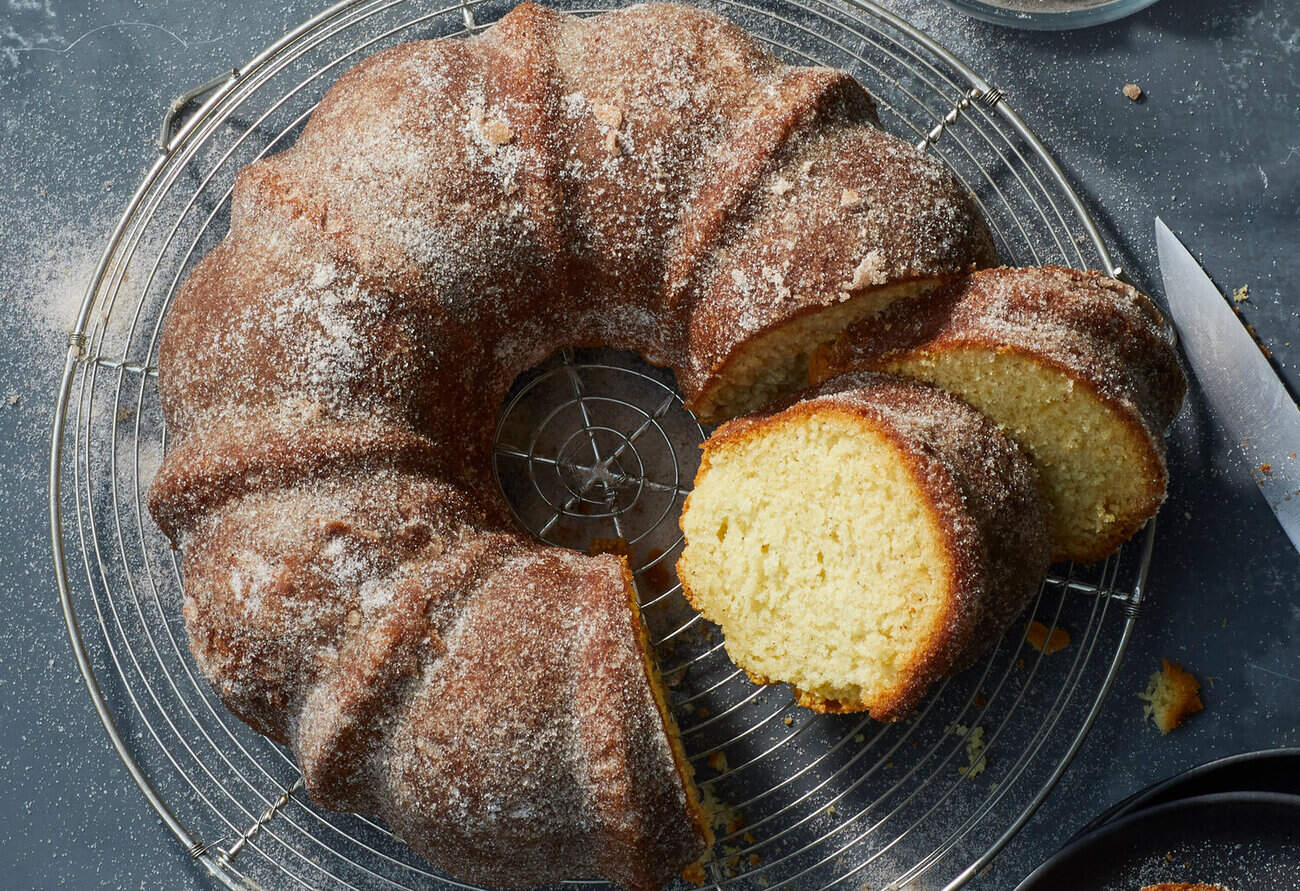
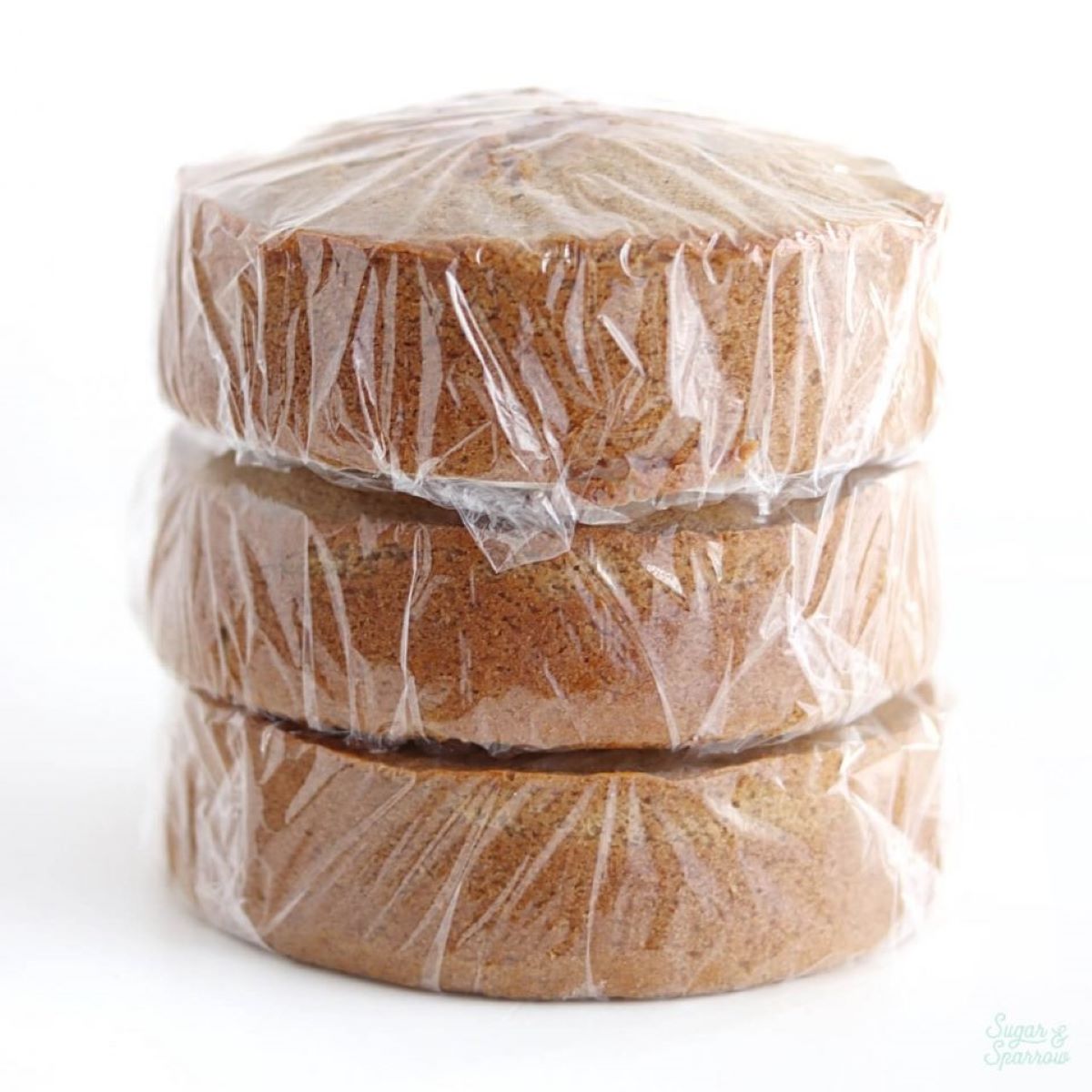
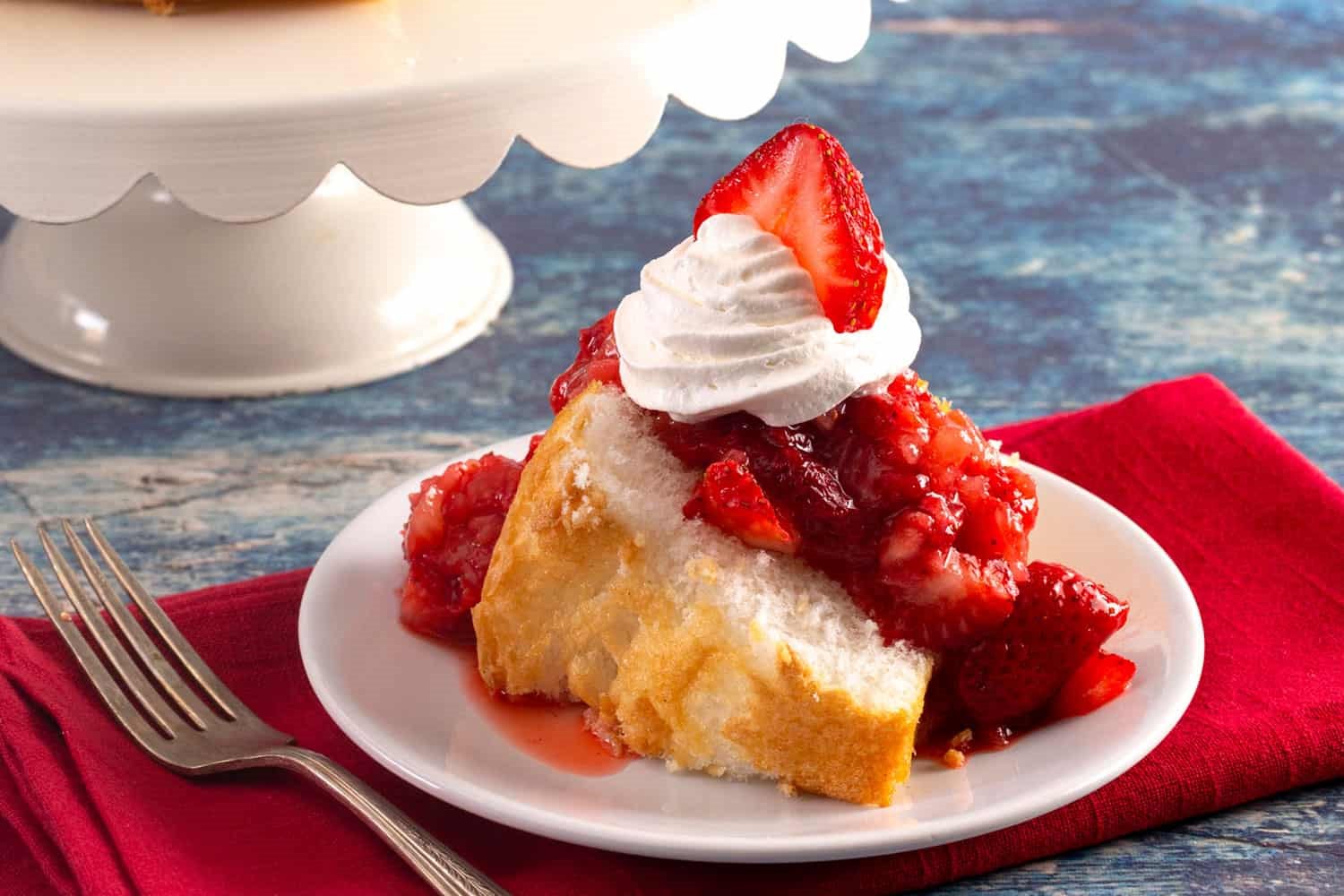
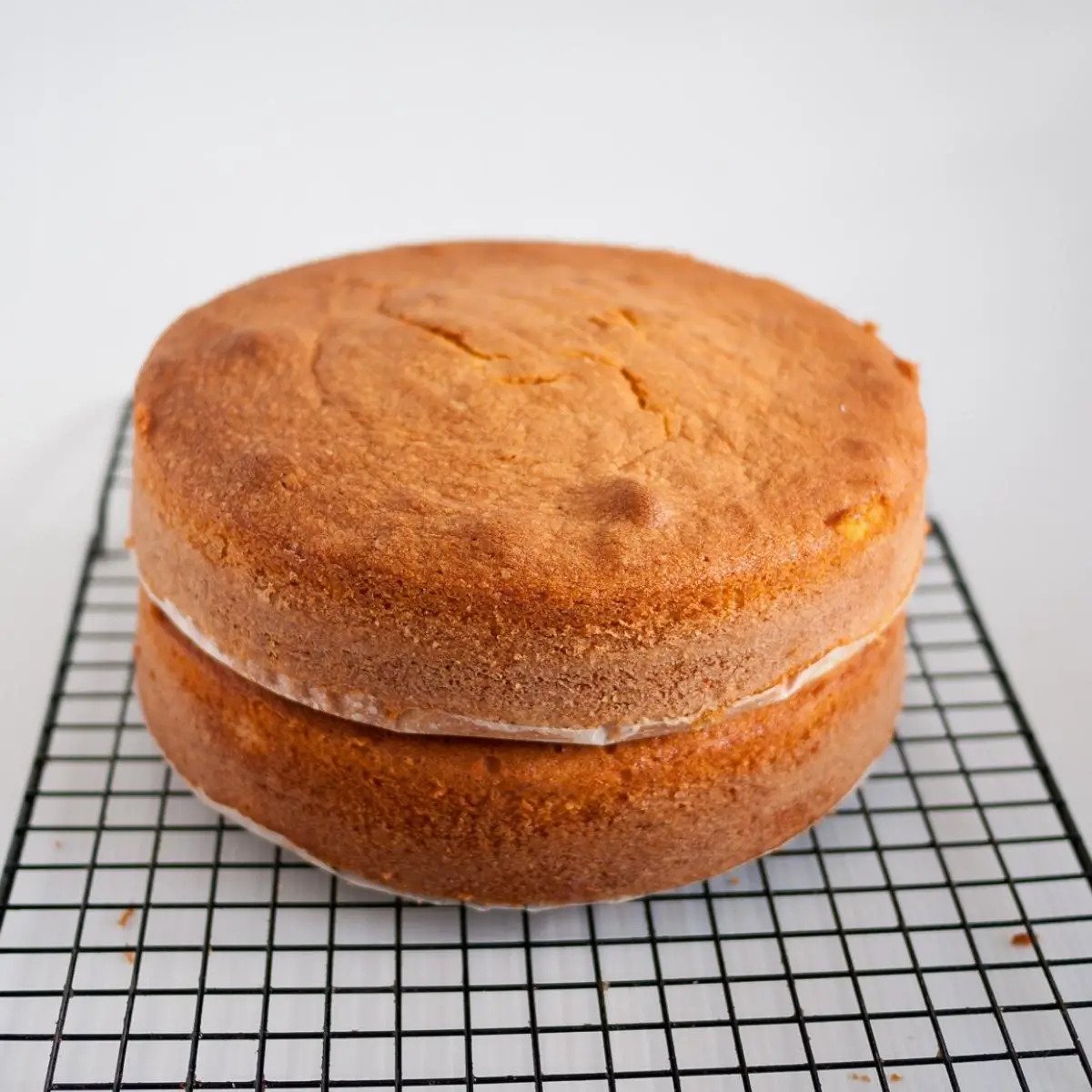
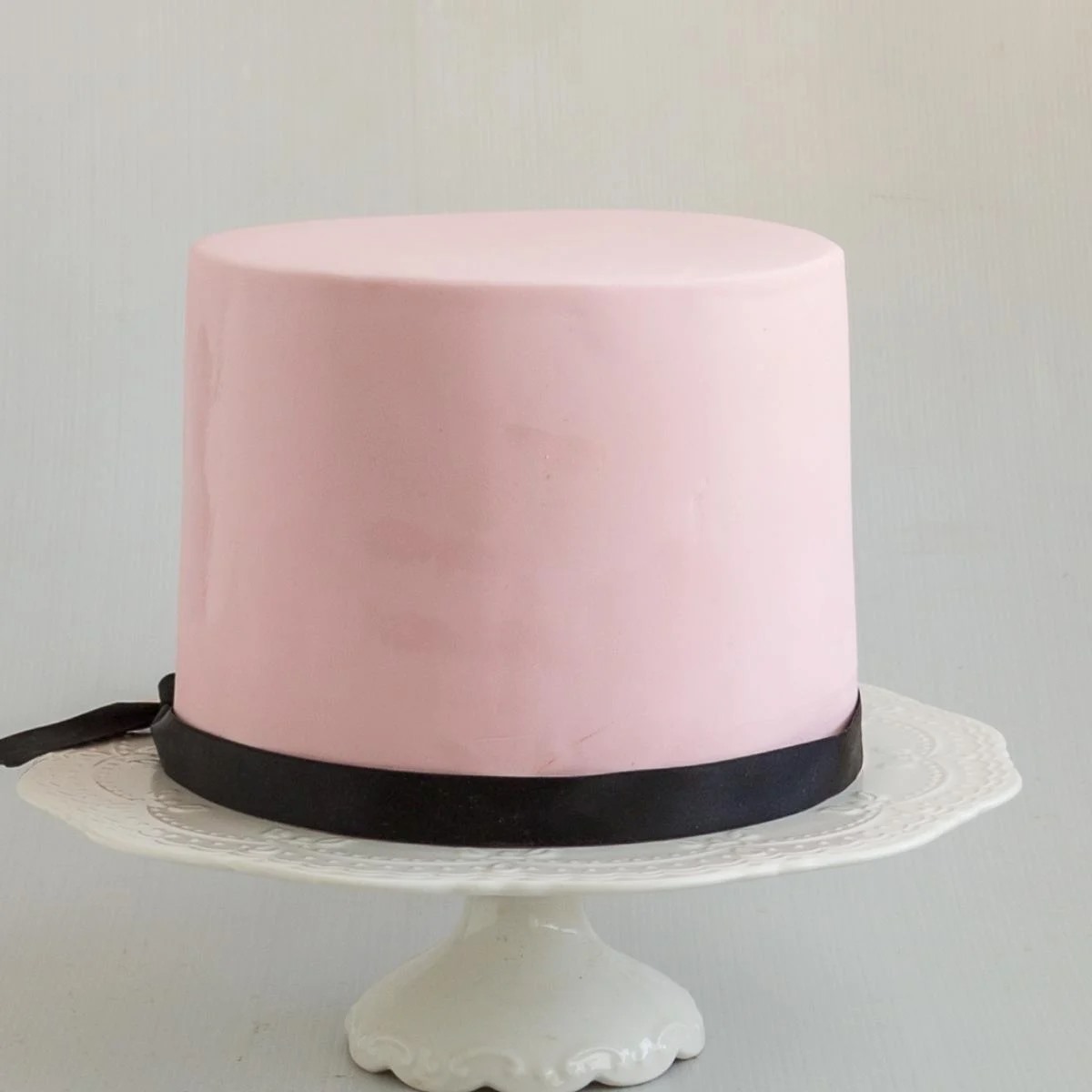
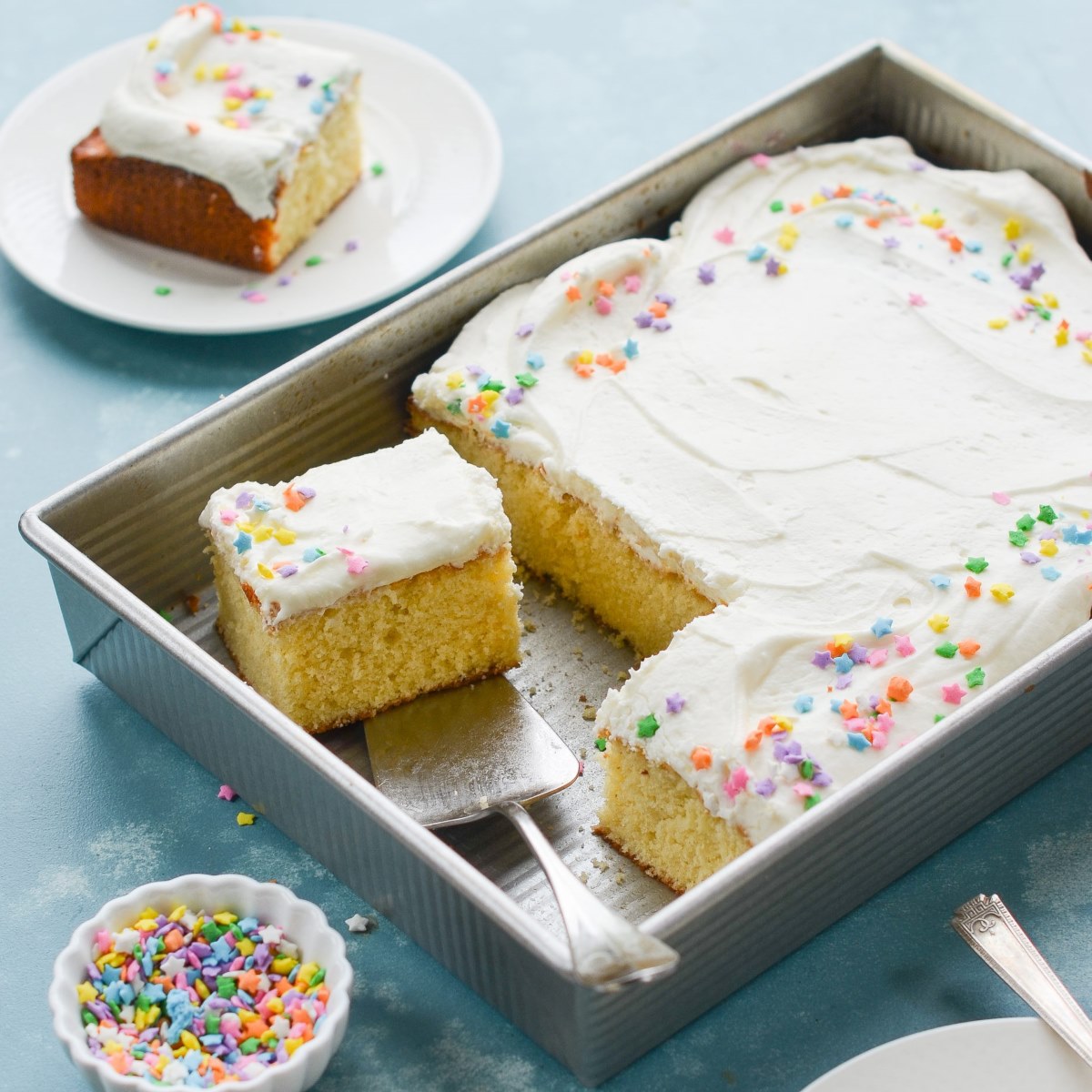

0 thoughts on “How To Store Cake Overnight Before Frosting”